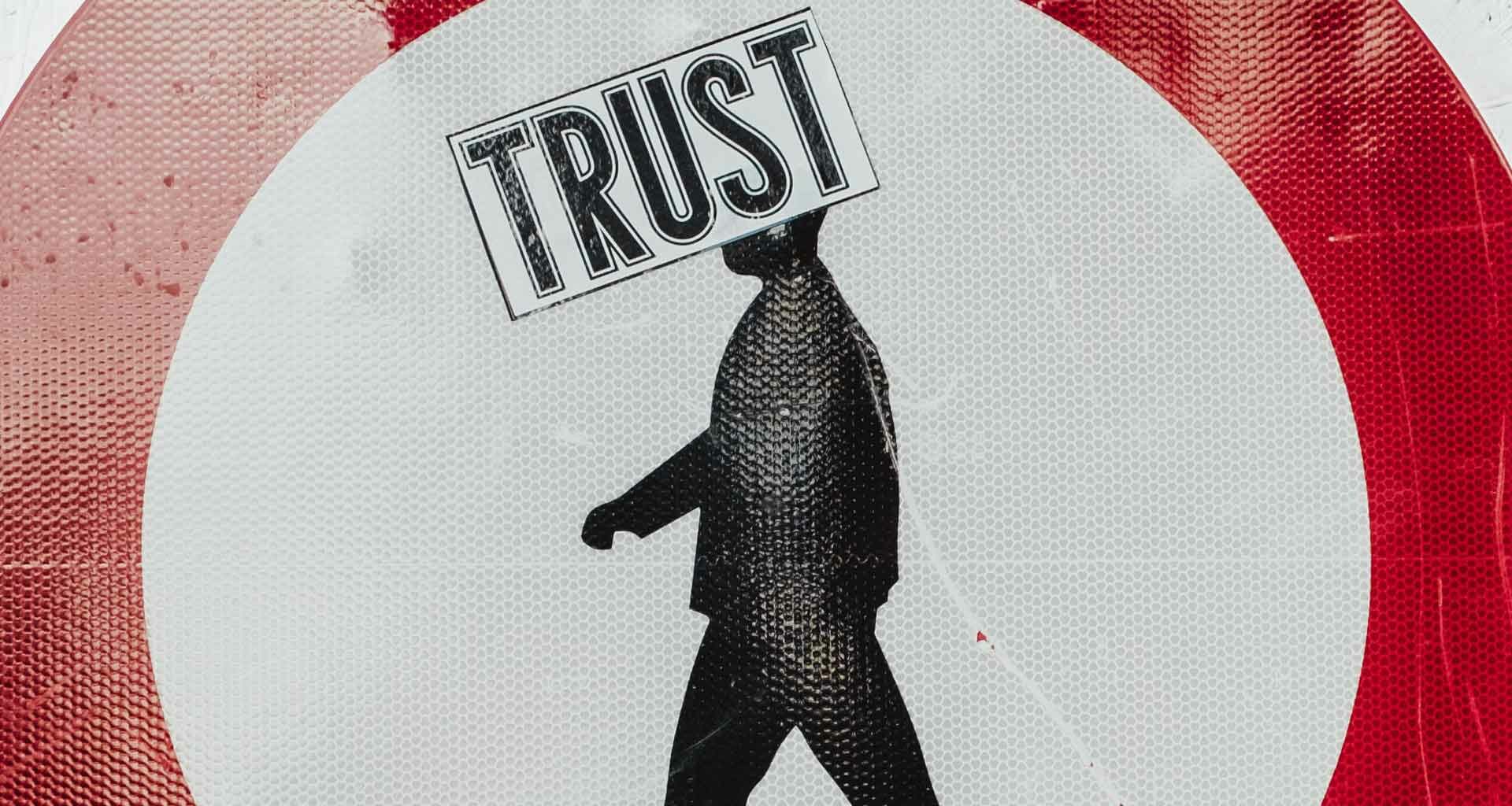Customer Data can be a powerful tool for any organization. It tells you more about your employees, audience, and business as a whole to improve efficiency, guide your strategy and even cut costs.
by Georgia Deery
Needless to say, giving data such a vital role within your organization requires trust. If you don’t trust your data, you’re not going to put it at the heart of key decisions. Instead, it becomes an afterthought or just neglected altogether. Here, we’ll discuss the long-term effects of that process and how you can regain trust in your data.
The vicious data cycle
The relationship between trust and data develops in a cycle. Without trust, it usually goes as follows:
- When you don’t trust your data, you stop using it properly.
- When you stop using it properly, you fail to see the importance of data.
- When you fail to see the importance of data, you stop investing time and money into it.
- When you stop investing time and money into it, the data becomes stale, unclear, inaccurate, or simply non-existent.
- When data loses quality, you have a greater reason not to trust it.
Without change or intervention, that cycle will continue with data becoming more stale, more irrelevant, and less trusted.
Problems when data isn’t trusted
The cycle above isn’t a standalone problem. Without trusted data, organizations can encounter a number of issues …
Reliant on guesswork
For one, you won’t have customer data to guide key decisions. Whether it’s a product or service launch for customers or new working model for staff, your team will be reliant on guesswork at every step of the journey. The result? It’s far less likely to be aligned with employee or customer preferences, and in turn, far less likely to be successful.
Less loyalty
Brand loyalty will suffer too. Collected in the right way, first-party customer data can create an ongoing connection between businesses and their employees or customers. Without that continuous engagement, both parties will feel disconnected. You’ll eventually start to see the effects, whether it’s higher staff turnover or less repeat business.
Dependant on 3rd party data
Without trusted first-party data to work with, many organizations turn to third-party data. In short, this is data collected by a third-party, which has no direct relationship with the data subject.
The first problem here is that the data is less reliable. It’s generic, unfocussed and less useful. It’s expensive too, with costs rising when you’re looking for more specialist data.
Finally, there’s the moral issue. Consumers are becoming increasingly aware of their data and how companies use it. Third-party data is often seen as an underhanded tactic, hence the downfall of third-party cookies. If you’re targeting people based on information they didn’t actually tell you, right from the start you are starting the relationship under suspicious pretences.
Losing the edge
Just because you’ve lost trust in your data, doesn’t mean your competitors are having the same problem. If they’ve got trusted data on their side, they’re likely to be more productive, connected and switched on to the latest trends. Over time, that means more business going their way, and your company falling behind.
How to regain trust in data
When data is trusted, it can lead to a much more positive cycle for your organization:
- Data is trusted
- Trusted data is well utilised
- Time and money are invested in the well utilised data strategy
- Data is kept relevant and useful
- The relevant and useful data continues to be trusted
So how do you achieve this?
While it can seem like a chicken and egg scenario – what came first, the untrustworthy data or the lack of trust? – what matters most is that you have a strategy in place to keep data relevant and useful.
The most important factor is to see your customer data strategy as an ongoing process rather than a one-off project. Data is never complete. It’s dynamic, everchanging, and limitless in its potential. As such, you need to dedicate adequate time and money to data collection on a long-term basis.
This brings us to another key element – building trust with your audience. Rather than seeking instant gratification, organizations need to earn data from customers and staff by building relationships with them. Start with positive experiences and trust follows. In the long run, that trust makes data capture easier and more valuable.
Starting the data capture process
A good way to exemplify the importance of dependable data is through a recent program implemented by a leading global pet care brand. They wanted to collect vital pet information from thousands of pet owners. To do so, we needed to capture the initial attention of consumers, then provide a compelling reason for them to share their information.
By devising a pet-themed interactive advent calendar, they presented consumers with a value exchange – complete an initial survey to access tailored rewards behind each door.
This campaign was successful because the calendar was personalized to each pet owner and their pet. Without accurate, up-to-date data, this wouldn’t have been possible.
The campaign itself generated click-through rates three times higher than typical communications, with ‘known pet’ information gained for an additional 5% of their consumer base.
But that’s not all – remember, process over project. The advent calendar also tested a number of hypotheses to shape data collection for the brand going forward:
- Would consumers only engage and provide data if they were rewarded with product discounts?
- Would they respond to non-monetary rewards, such as video-based content?
- Would consumer still provide their data even if completion of a survey was not a compulsory step in the journey?
- Could interactive content be used to motivate consumers to engage repeatedly with the brand in a short space of time?
By A/B testing, with an optional/mandatory survey step and introducing a range of different reward types, the calendar helped the brand build a greater bank of insight, which could be used to inform the planning of subsequent marketing activities. The data captured through the survey could also be utilized in the delivery of future highly personalized and engaging consumer communications, with a view to earning more data.
Put trust at the heart of your data strategy
Organizations in all sectors must put trust back into their customer data strategy. By building trust between their business and their customers or employees, they can continually capture trustworthy data. Incorporating bespoke audience engagement experiences that encourage a two-way dialog build trust and loyalty to drive long-term advocacy.
Georgia Deery is Global Marketing Manager at 3radical.
Photo by Bernard Hermant on Unsplash.














2 comments